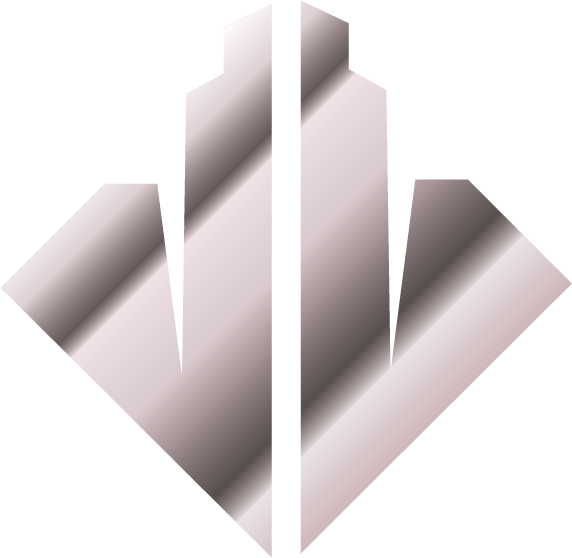A commercial loan is a type of loan that is commonly used by small and middle-market business entities. This type of loan is usually offered to businesses by banks and larger financial institution. Advantages of a commercial loan include access to capital for business expansion and a simpler application process.
Commercial loans can ultimately be used for any purposes required for the business – acquiring assets and capital for business expansion, meeting daily operational costs like paying payroll, etc. In the loan application process, the business is required to specify what the commercial loan will be used for.
Advantages of a Commercial Loan are clearly Access to capital and relatively simple Application Process.
The disadvantages would be strict use of funds as declared on the loan application and interest rates that are usually higher than the rates on Residential Loans.
The process to secure a commercial loan may be differ depending on the lending institution that is extending this type of loan. The general process for securing such a loan is as follows:
1. Pre-approval/Qualifying Process
The first step to take during a pre-approval process is for the lending institution to evaluate the financial history and income of the business that is applying for a Commercial Loan. In addition, the lender will look into the existing debt of the business as well as the purpose of the loan.
Through a pre-qualifying process, the lending institution will obtain an initial insight into how much the business applying for a loan would be able to borrow as well as the risk level that the Borrower presents to the lender.
2. Formal Loan Application
After the pre-qualifying process, the business applying for a Commercial Loan will complete and submit a full loan application for the loan approval.
In the formal application package, financial statements (income and asset) documents dating back at least three years are generally required. Reviewing of these documents will help the lender ensure that the business can repay the loan.
3. Review of the loan application package
Once the formal loan application with income and asset documents is submitted, a Commercial Loan Officer will review these due diligence documents. They will investigate things such as credit history, the present and projected income of the business, any business collateral, etc.
4. Commercial Loan Underwriter and Loan Committee
Once the loan request has been reviewed by the designated Commercial Loan Officer and considered to be complete – the Loan Package is submitted to a Credit Adjudicator or Loan Committee. The Loan Adjudicator reviews all relevant information and decides whether they can approve the loan.
This process can take from a couple of days to a week and the business applying for the loan may be required to provide additional documentation during this review.
5. Term sheet
If the loan is approved, the lending institution will present the Applicant with a so-called Term Sheet. A Term Sheet is a formal document that outlines the parties involved, amount of financing approved, any fees applicable, use of the loan, and the interest rate proposed on the loan.
After the Applicant has reviewed the Term Sheet and signed a Letter of Intent, the next steps like paying for the required third-party reports’ fees – can take place.
6. Loan package and closing documents
Upon completing third-party reports (appraisal, title, insurance,…), the complete loan application package is resubmitted to the Loan Underwriter for final approval.
If fully approved and cleared for closing – the applying business would proceed to signing the final loan documents.
